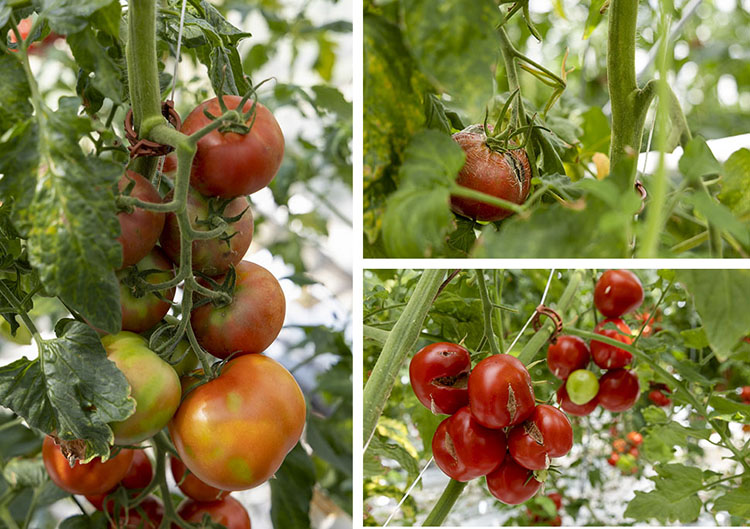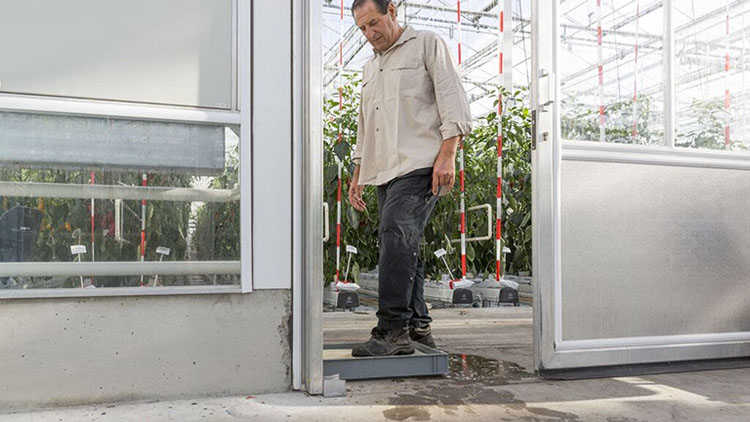Australia
August 19, 2024

First reports of Tomato Brown Rugose Fruit Virus (ToBRFV) in Australia have been made. A highly infectious plant virus, ToBRFV has impacted tomato production and distribution globally.
The Tomato Brown Rugose Fruit Virus (ToBRFV) is a highly infectious plant virus that has impacted tomato production and distribution globally.
First discovered in 2014, it has now spread across much of the world with devastating consequences for many growers.
The virus can infect up to 100% of a crop, with fruit losses from 25-70%.
With the first reports of ToBRFV outbreaks in Australia made recently, the potential spread and impact through the country is unknown, but plant breeding and seed company Rijk Zwaan is well prepared to support growers.
Disease Resistance
For nearly a decade – since the initial discovery of ToBRFV, Rijk Zwaan has been accelerating the research and development of resistance to the virus in tomatoes. Rijk Zwaan varieties with High Resistance to ToBRFV have been commercially available in affected countries, and trialled throughout Australia since 2022.
In the coming period, Rijk Zwaan will continue to release varieties with high resistance to ToBRFV for trials and commercial introduction to Australia, working closely with growers and the industry to ensure tomato production continues.
Virus transmission
ToBRFV can spread through plant and propagation material, and via mechanical transmission. Plant-to-plant contact, people, machinery and equipment can transmit the virus - as can soil, water, nutrient film solutions and bees.
Like other Tobamoviruses, ToBRFV is very stable. lt can survive without plant material, on surfaces and in water, for extended time periods.
The highly contagious nature of ToBRFV indicated that it was a matter of time before the disease would enter Australia, despite strict biosecurity measures and testing protocols for the entry of plant material.
Symptoms - yellow spots, wrinkled patches and brown scars - are only visible after three weeks, giving the virus a head start in its spread.

Minimising disease risk
Pest and disease management is a persistent challenge for the horticulture industry. Rijk Zwaan has developed a range of varieties with a high level of resistance to ToBRFV under the RUGOSE Defense™ logo. While disease resistance offers some protection, it is of the utmost importance to mitigate the risk of spread through strict hygiene measures on farms, including:
- Staff education
- Ensuring staff and visitors comply with on-farm biosecurity and hygiene practices
- Avoiding unnecessary visits and contact with crops
- Reducing equipment and materials shared between facilities, such as reusable plastic fruit crates
- Monitor crops for disease symptoms
- Disinfect tools, propagating material, and equipment.

Local, personalised support for Australia’s tomato growers
The long-term sustainability and profitability of the Australian vegetable industry depends on the adoption of new varieties with high levels of resistance to ToBRFV, alongside the implementation of best practice on-farm hygiene measures and effective technical crop management strategies. If you and your staff would benefit from:
- Help understanding the virus
- Information about suitable varieties and resistances, or
- Resources for implementing appropriate hygiene measures
- Rijk Zwaan offers personalised, local support for tomato growers throughout Australia.
Together, we can safeguard Australia’s growers against ToBRFV.
